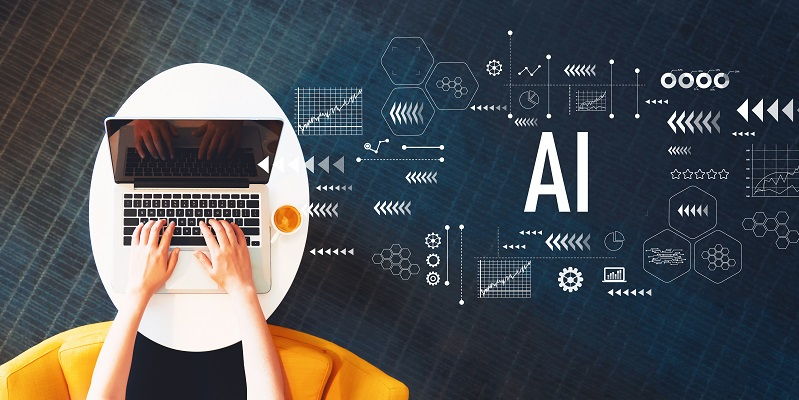In today’s digital age, the use of artificial intelligence (AI) has revolutionized various aspects of our lives, including the creation of images. AI-generated images have gained significant attention due to their ability to generate unique visuals without copyright restrictions. However, it is essential to understand that these images have no ownership, as they are created by algorithms rather than human creatives. Let’s delve deeper into the world of AI-generated images and their implications for content creation and SEO.
Utilizing AI-generated images for originality and uniqueness
One of the significant advantages of using AI-generated images is the ability to avoid the overuse of stock photos. When relying on stock images, there is a chance that the same visuals can be used on multiple websites, leading to a lack of originality. By leveraging AI technologies, you can create unique visuals that give your website an original edge. These images can help capture the attention of your audience and make your content stand out from the crowd.
The indirect impact of image personalization on a site’s SEO
In the realm of SEO, user engagement plays a crucial role in driving organic traffic and improving search engine rankings. Image personalization through AI can contribute to these goals by enhancing user dwell time and engagement. When users encounter personalized visuals that resonate with their preferences and interests, they are more likely to stay on your site and explore further. This increased engagement can send positive signals to search engines, indicating that your content is valuable and relevant, thereby boosting your site’s SEO performance.
Creating generic infographics with the help of AI
Infographics are powerful tools for presenting information in a visually appealing and easily digestible manner. AI can be utilized to create the basis of generic infographics, providing a starting point that can be further customized using graphic design software such as Photoshop. This approach saves time and effort, allowing content creators to focus on the specific details and data that need to be included in the infographic. Through this synergy of AI and human creativity, the process of infographic creation can be expedited without compromising on quality.
The importance of updating blog content for freshness
In the rapidly evolving digital landscape, static content can quickly become outdated and lose relevance. Updating blog content on a regular basis is crucial to ensure fresh and up-to-date information for your audience. AI can play a significant role in this process by generating additional images that complement your updated content. These AI-generated images can inject freshness and visual appeal, keeping your blog posts engaging and captivating for your readers.
AI-generated images based on specific keywords
Imagine being able to generate images based on specific keywords associated with your content. AI can step in to create visuals based on these keywords, using them as prompts to generate relevant and visually appealing images. By incorporating keyword-based image generation, you can streamline and accelerate the content creation process, ensuring that your visuals align seamlessly with the context of your written content.
Using AI-generated images for A/B testing
A/B testing is a powerful technique used to optimize various elements of a website, including imagery. By utilizing AI-generated images in your A/B testing experiments, you can gauge the effectiveness of different types of imagery in driving user engagement and conversions. Through careful analysis of the results, you can identify the image styles and themes that resonate best with your target audience, ultimately improving your website’s performance and achieving your desired goals.
Using Midjourney for varied image options and prompts
When it comes to AI-generated images, the ability to experiment and vary visuals is crucial. Midjourney, a cutting-edge AI technology, allows you to choose specific regions of a photo to vary or even combine two or three different prompts to generate entirely new and unique images. This feature opens up a realm of creative possibilities, enabling content creators to refine and iterate their visual assets until they find the perfect fit for their content and target audience.
The importance of considering bias in AI-generated images is significant
While AI can undoubtedly enhance content creation and SEO efforts, it is crucial to be mindful of its potential biases. AI algorithms learn from existing data, which may inadvertently contain biases present in society. When using AI-generated images, it is important to critically evaluate and ensure that they do not perpetuate harmful stereotypes or discriminatory content. Content creators should exercise caution and augment AI’s capabilities with human oversight to prevent unintended biases from manifesting in their visual assets.
AI-generated images offer a myriad of possibilities for content creators and SEO practitioners. They provide a source of unique and original visuals, enhance user engagement, streamline content creation processes, and facilitate A/B testing. However, it is essential to approach AI-generated images with care and mindfulness, considering potential biases and taking necessary steps to ensure inclusivity and fairness. By harnessing the power of AI in content creation and SEO, you can stay ahead of the curve and captivate your audience with captivating visuals that leave a lasting impact.

